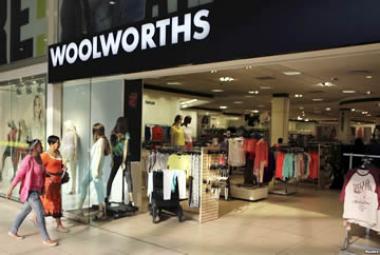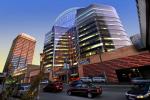Changing face of shopping centres
 The traditional shopping centre model turns its head, according to indicators emerging from research covering 2-million square metres of retail space across SA.
The traditional shopping centre model turns its head, according to indicators emerging from research covering 2-million square metres of retail space across SA.
The traditional shopping centre model turns its head, according to indicators emerging from research covering 2-million square metres of retail space across SA.
Creative, niche, differentiated store types now seem preferred to replicated options, and smaller, focused formats seem favoured over large, cumbersome ones, the research shows.
“This crucial trend has implications for flexibility, sizing, mix, design, rentals and retail classifications. All of these need careful consideration in order to drive market share and profitability,” says Belinda Clur, MD of Clur Research International who also chairs the sub-Saharan African research group of the International Council of Shopping Centres, the global industry body, and sits on their international groups.
The shifting trends in consumer behaviour at a number of SA’s prime retail properties are monitored by Retail LiveTM, an interpretive early warning system for shopping centres, developed by Ms Clur.
Shopping centres play a significant and catalytic role in driving economic growth, says Marius Muller, CEO of Pareto.
“It is therefore critical that these leading indicators are understood in order to best meet current consumer needs, capture elusive spend and help support SA’s growth,” he says.
Ms Clur’s earlier research indicates that up to 25% of SA’s final consumption expenditure of households may be driven by shopping centre spend. Total final consumption expenditure of households in turn makes up as much as 60% of gross domestic product. Employment contributions are also impressive.
Amelia Beattie, head of Stanlib Direct Property Investments, says: “The strong economic significance of shopping centres shows the sector’s success, dominance and resilience and that it has been an early identifier and adapter to key shifts.”
Says Ms Clur: “We live in an increasingly demanding world driven by ‘glocal’ environmental, population, economic and safety pressures. The consequence of this is stress due to resultant time, space and security concerns. This theme has numerous related and intertwined trend implications for future successful shopping centre strategy.”
Seven key trends have been emerging from findings by Retail LiveTM, she says, and within their context, one had to be sensitive to specific catchment profiles.

















